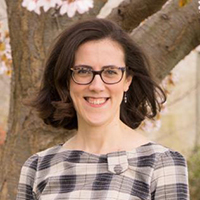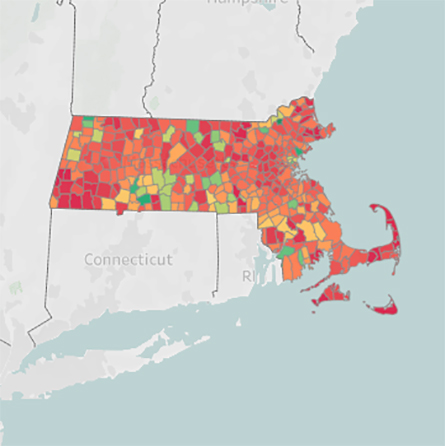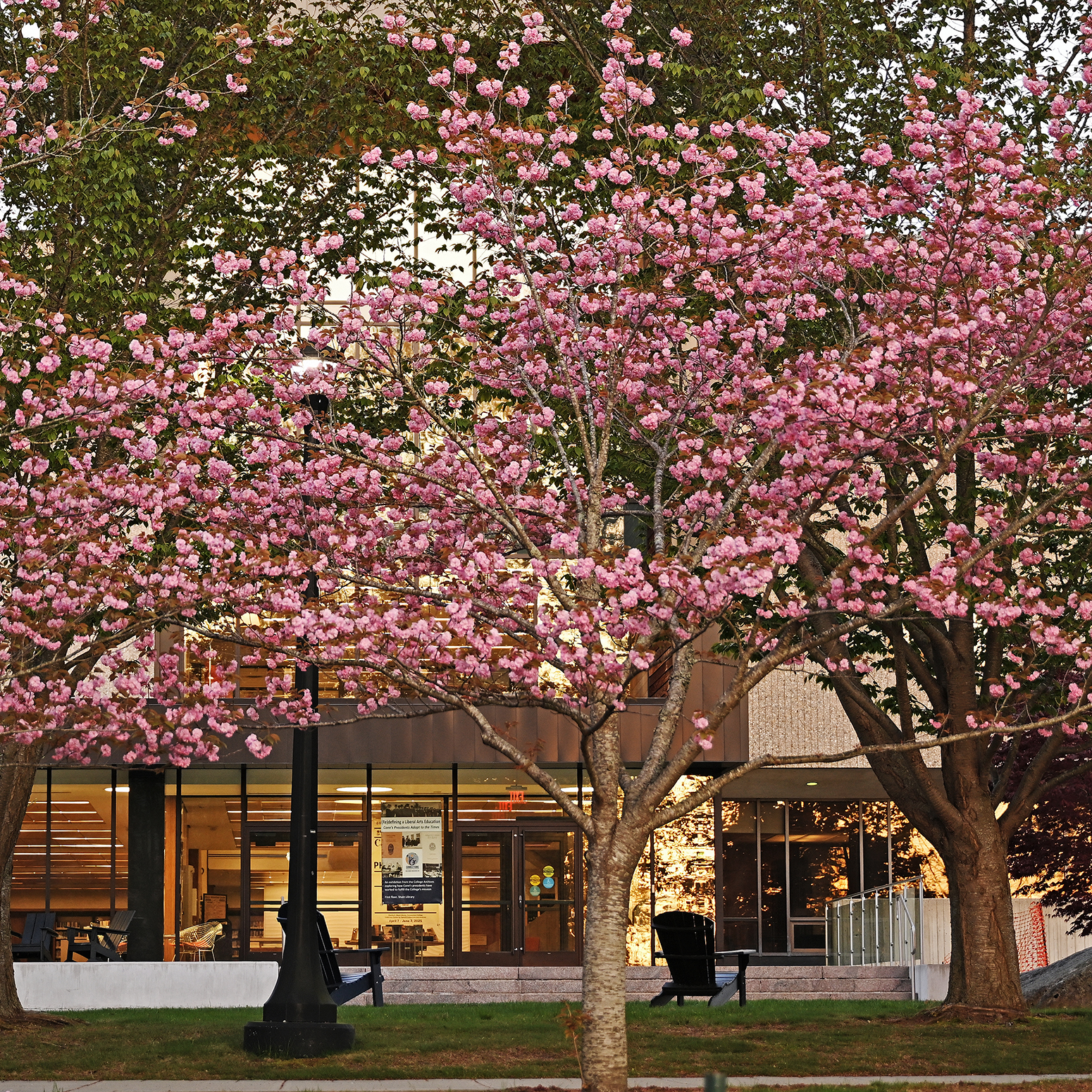
Sophomore Summer Research Program
While researching race and representation in animation this summer, Bri Goolsby ’22 found that the history of animation is rife with racism and stereotypical depictions of people of color, and that today’s films continue these problematic traditions.
Goolsby was one of 11 Integrative Pathway and Centers for Interdisciplinary Scholarship students who participated in the Sophomore Summer Research Program and presented their results during a virtual event Oct. 15.
“I studied who gets represented in animated media and how,” said Goolsby, a film studies major and scholar in the Ammerman Center for Arts and Technology. “I mainly focused on people of color being represented as animals. This practice grew out of the comparisons of people of color to animals, which were used to justify slavery.”
While the earliest cartoons were fraught with depictions of blackface—Mickey Mouse, Goolsby pointed out, was originally designed to act as a blackface minstrel—animation from the 1960s through the early 2000s often featured black actors voicing animal characters. In more recent films, Goolsby found, characters of color often change into animals or other non-human forms.
“[The Princess and the Frog’s] Tiana is the first—and so far only—Black princess in the Disney Princess franchise, however she spends 40 minutes of the 1 hour and 40 minute film as a frog and only about one minute as an actual princess,” Goolsby said during her presentation. “This means little black girls don’t really get to look up to a princess character, but mostly just a frog that runs around in a swamp.”
Goolsby says she is grateful to have had the opportunity to dig deeply into her area of interest, and that the experience has helped her narrow down her animating question, which will continue to inform and guide her intellectual journey as she completes Connections, Conn’s reinvention of the liberal arts.
The Sophomore Summer Research Program, funded by Connecticut College alumna and former trustee Susan Lynch ’62, provides a scholarship of up to $3,000 for Pathway or Center students conducting research during the summer following their sophomore year. The research must be related to the student’s animating questions, projects or research in their Pathway or Center.
The 11 students who conducted research this past summer represented eight different Pathways and Centers and studied a diverse range of topics, from relationships centered around smuggling in developing and underdeveloped countries to the use of COVID-19 in political rhetoric to the role of community farms in food justice.
Eslam AbouSamra ’22, a biological sciences major and scholar in the Public Health Pathway, compared the effectiveness of COVID-19 mitigation efforts in Morocco, Egypt, Argentina and Vietnam.
“I found that trust in government had a major impact on the population’s response to the policies being implemented,” he said.
Sam Crockford ’22, a government major, architecture minor and scholar in the Holleran Center for Community Action, used data collected from the Massachusetts Department of Health, U.S. Census, Boston Globe and UMASS Boston Donahue Center to create a series of interactive maps exploring the relationship between societal factors and regional deaths caused by alcohol, drug use and suicide in Massachusetts.
“The maps are a way to take data that is hard to talk about and turn it into useful visual information,” said Crockford, who hopes to continue to expand on the research to better understand what factors make certain communities more vulnerable to deaths by drugs, alcohol and suicide.
Dean of the College Jefferson Singer said the Sophomore Summer Research Program gives students a great opportunity to delve deeply into their area of interest early in their Connections experience and prepares them for more advanced research.
“By engaging in this level of research as sophomores, these students are demonstrating their potential and capacity for further research fellowships and scholarships,” Singer said.
“This impressive work can be a launching point for advanced research in the junior and senior years and beyond.”

